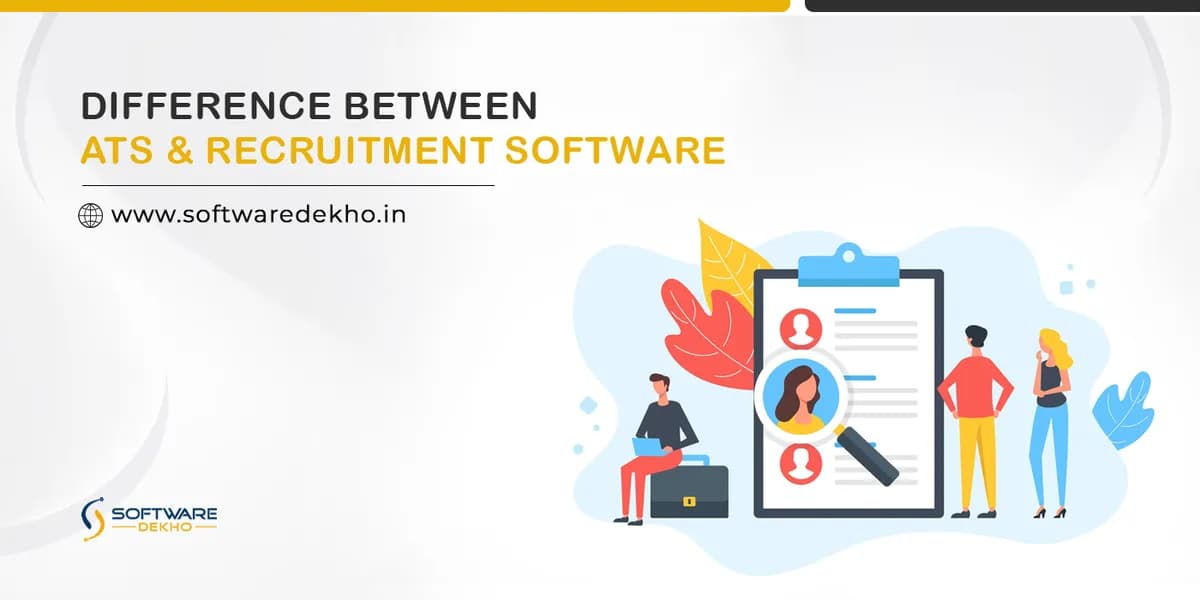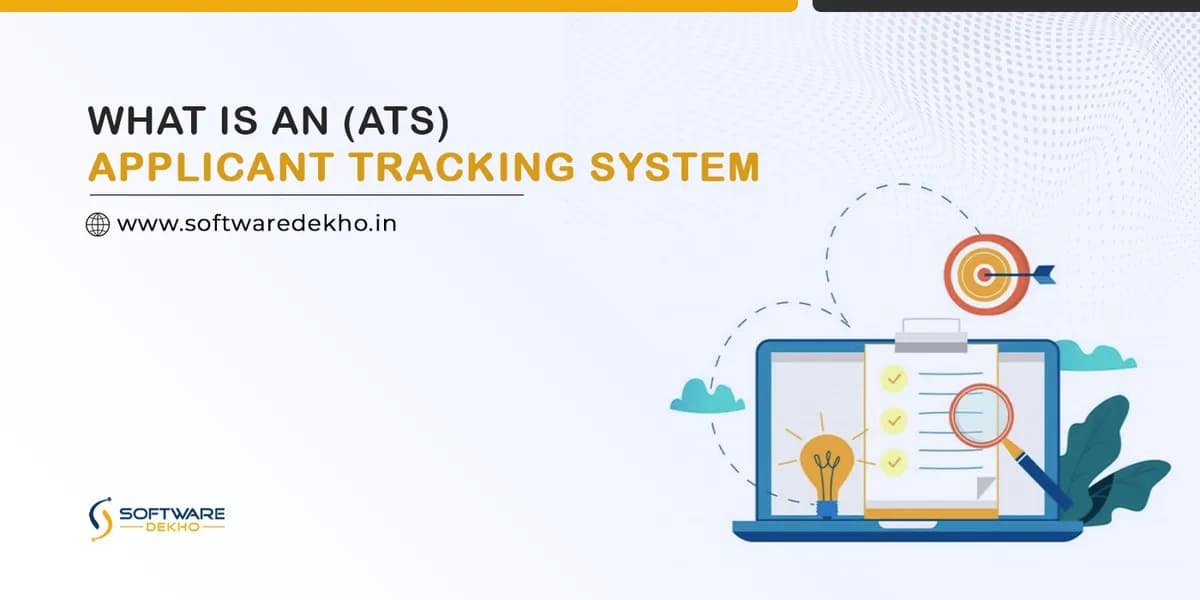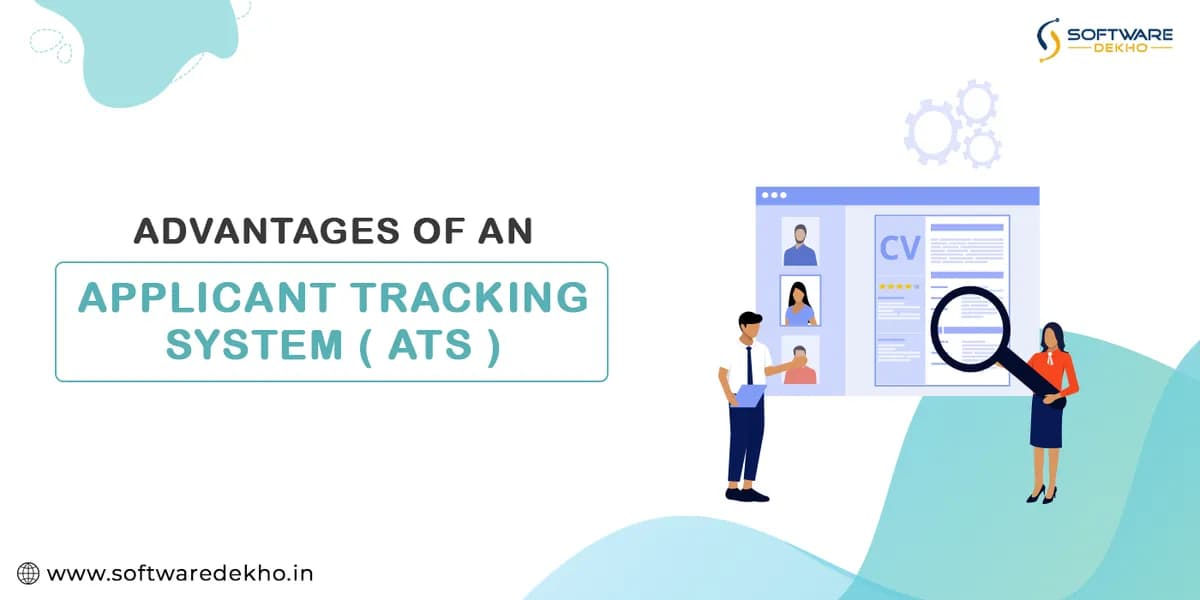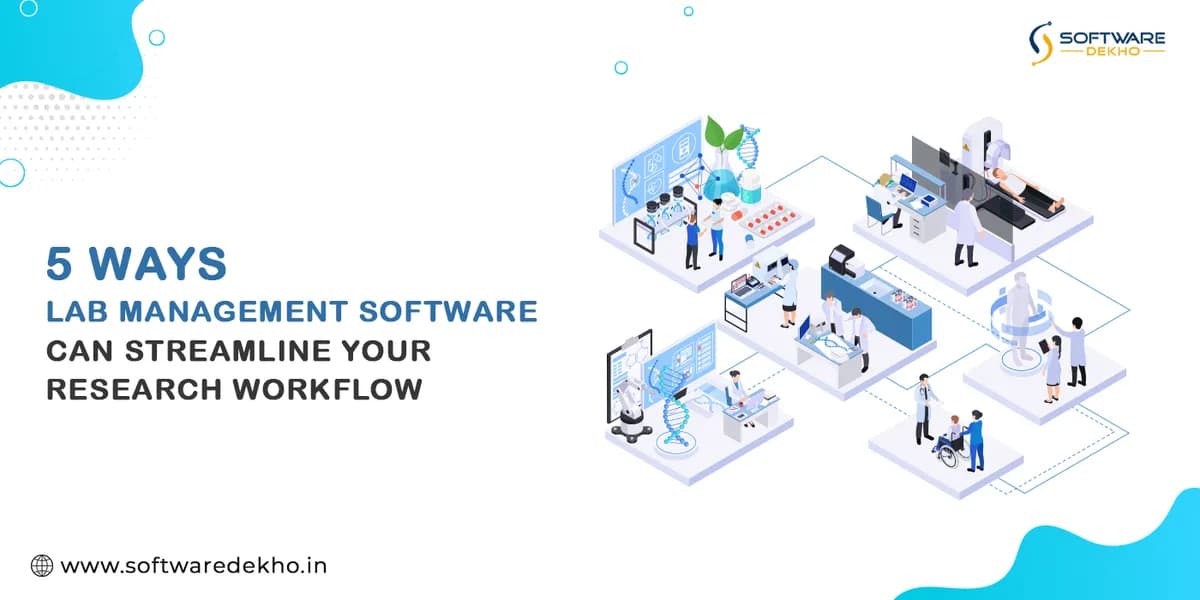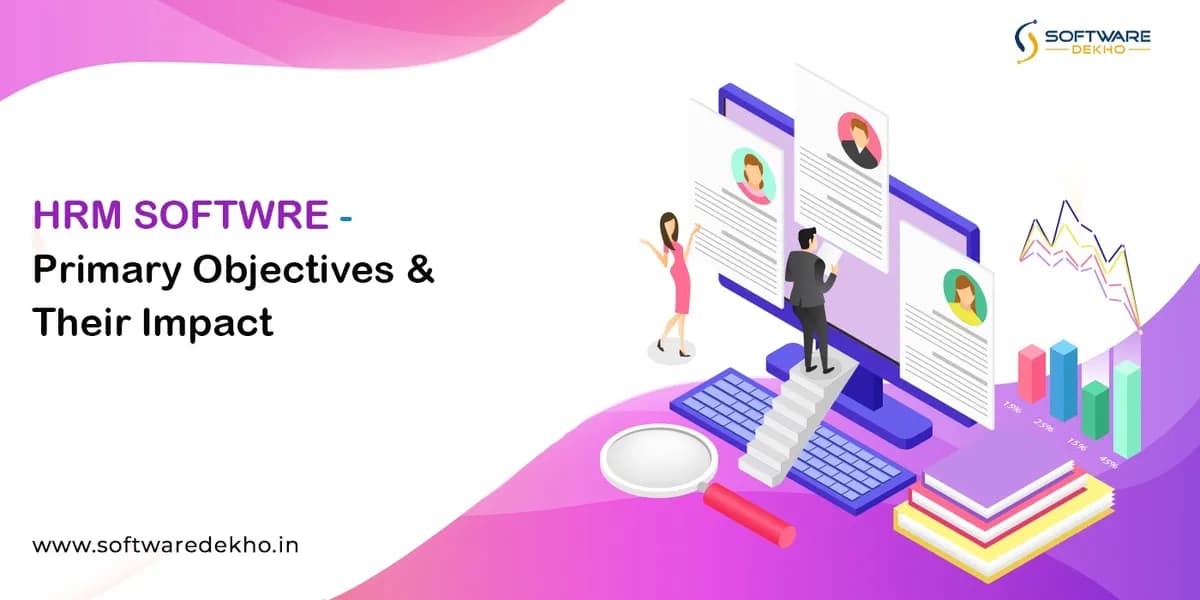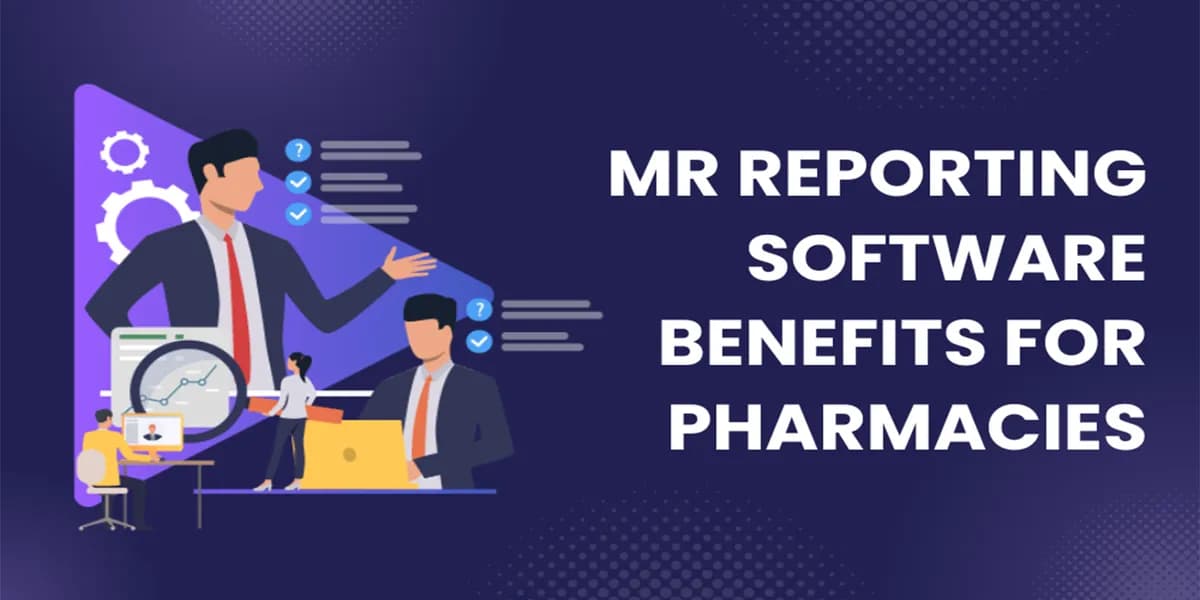Difference Between ATS & Recruitment Software
HR professionals know how difficult it is to manage the recruitment process, with hundreds of resumes to sort through and dozens of prospects to interview. That’s where technology comes in to aid. Applicant Tracking Systems (ATS) and Recruitment Software are two major software used in recruitment. While they both serve a similar goal, there are significant differences between them that require your attention.
What is ATS?
Applicant tracking system (ATS) is a software tool that assists companies in managing the recruiting process, from receiving and assessing resumes to tracking candidate interviews, all while remaining compliant with different requirements. The purpose of ATS is to automate the recruiting process, making it more efficient and effective.
ATS systems often include a searchable database of candidate profiles, allowing recruiters to source individuals from previous applications and monitor the progress of current applicants.
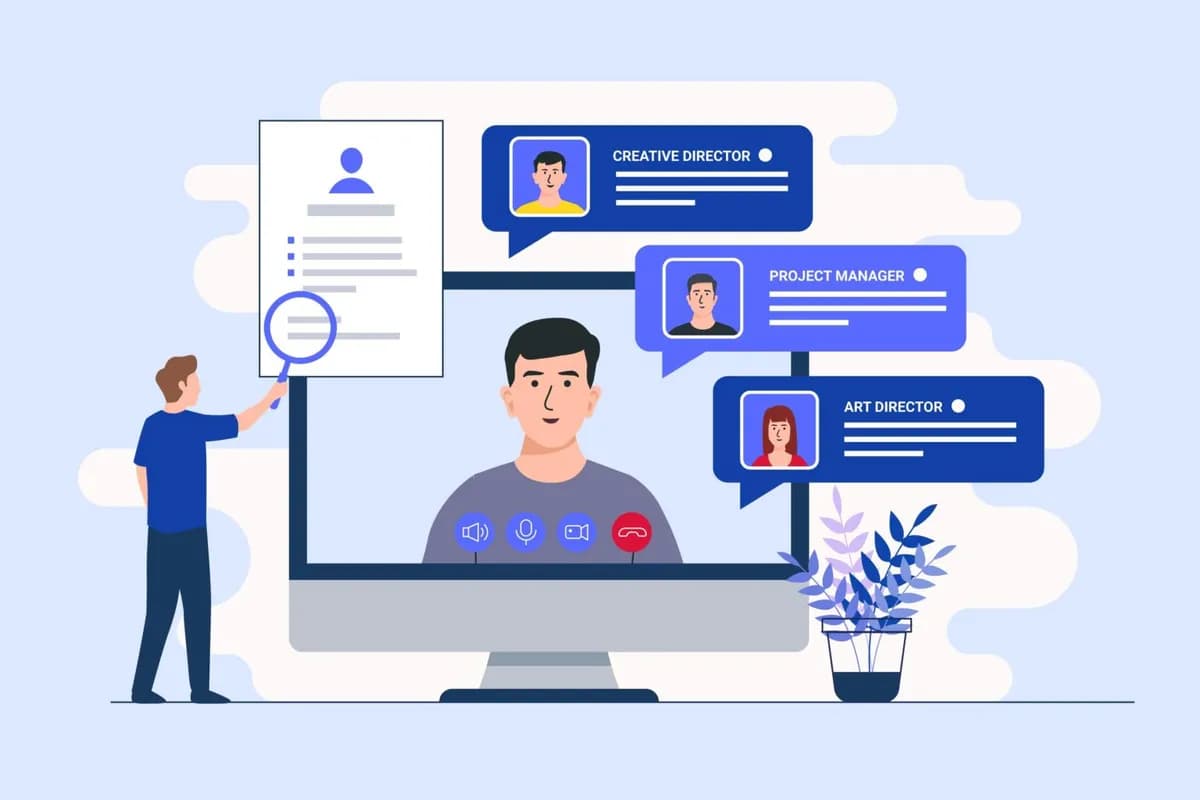
What is Recruiting Software?
Recruitment software is a more complete set of tools that aid in the management of the full hiring process. Recruitment software contains ATS functions along with some extras like job board integration, social media recruiting, and talent management.
Recruitment software is intended to help business owners find, screen, and hire applicants while managing employee onboarding and retention.
Core Differences between ATS and Recruitment Software
The core differences between ATS and Recruitment Software are:
Scope
ATS is primarily intended to automate the recruiting process while also ensuring regulatory compliance. It focuses on fundamental recruiting operations including –
- resume screening
- interview scheduling
- applicant monitoring
ATS systems often include a searchable database of candidate profiles as mentioned above, allowing recruiters to source individuals from previous applications and monitor the progress of current applicants.
Recruitment software, on the other hand, provides a more comprehensive set of capabilities assisting firms in managing the full recruiting process, from sourcing applicants through onboarding and retention. It contains ATS capabilities and extras like –
- job board integration
- social media recruiting
- talent management
Features
Both ATS and recruitment software include different features to help speed the recruitment process, but recruitment software goes above and beyond with features like social media recruiting, job board integration, and talent management.
Moreover, recruitment software delivers analytics and reporting to assist firms in making data-driven recruiting decisions.
Customization
ATS systems are sometimes less configurable than recruiting software, which might be a drawback for businesses with specific recruitment requirements. Recruiting software, on the other hand, can frequently be tailored to meet a company’s unique needs, making it a more adaptable option.
Integration
ATS systems may not be compatible with other HR software used by a company in specific. Recruiting software, on the other hand, is frequently built to interact with other HR-based software, like payroll and benefits administration systems, to provide HR professionals with a smoother experience.

Scalability
Recruitment software is a better fit for firms expanding or having a high recruiting volume. Other capabilities provided by recruitment software, such as social media recruiting and talent management, can assist businesses in managing a larger number of candidates and improving the hiring process for high-volume recruiting, which is not possible with ATS.
Implementation
Recruitment software is an extensive suite with additional features and customizations. ATS, on the other hand, is simple, making it easier to implement and understand its usage. Recruitment software tools might require additional training and assistance from the providers and could be a little difficult to implement at times.
Data Management
ATS systems are primarily intended to handle applicant data, but recruiting software also provides for the administration of employee data once the hiring process has been completed. This covers –
- Employee performance tracking
- Benefit management
- Employee offboarding
Reports and Compliance
While both ATS and recruiting software can help with compliance, recruitment software frequently provides more sophisticated reporting features to assist firms in satisfying legal and regulatory obligations. Some examples here are –
- Tracking EEOC data
- preparing compliance reports
- offering tools to manage affirmative action programs
Security and User Permissions
More choices for user rights and security are available in recruitment software, allowing more detailed control over who has access to critical candidate and staff data. This might be useful for businesses that must conform to stringent security and privacy standards. ATS does not provide these advancements.
Conclusion
Knowing these core differences is critical when determining which software to utilize depending on the company’s specific requirements. While an applicant tracking system (ATS) is a less expensive and more streamlined method of recruiting, recruitment software provides a more full range of features and greater flexibility, making it a better match for bigger firms or those with specific recruitment needs.
In addition to the fundamental distinctions between ATS and recruiting software, it is critical to evaluate your company’s unique objectives and goals while making a selection.
For example, if your organization routinely hires for highly specialized roles or has a complex recruiting process, the increased customization choices provided by recruitment software may be beneficial.
If, on the other hand, your company’s primary goal is to process high numbers of applications fast, an ATS may be a more efficient and cost-effective alternative.
Finally, the ideal option will be determined by your company’s unique demands, budget, and recruiting process goals. Still confused? Book your free consultation today and our experts will assist you in making the right choice.
You must conduct thorough research and read user reviews to choose the best software for your needs. So, take a look at our website to understand better!
